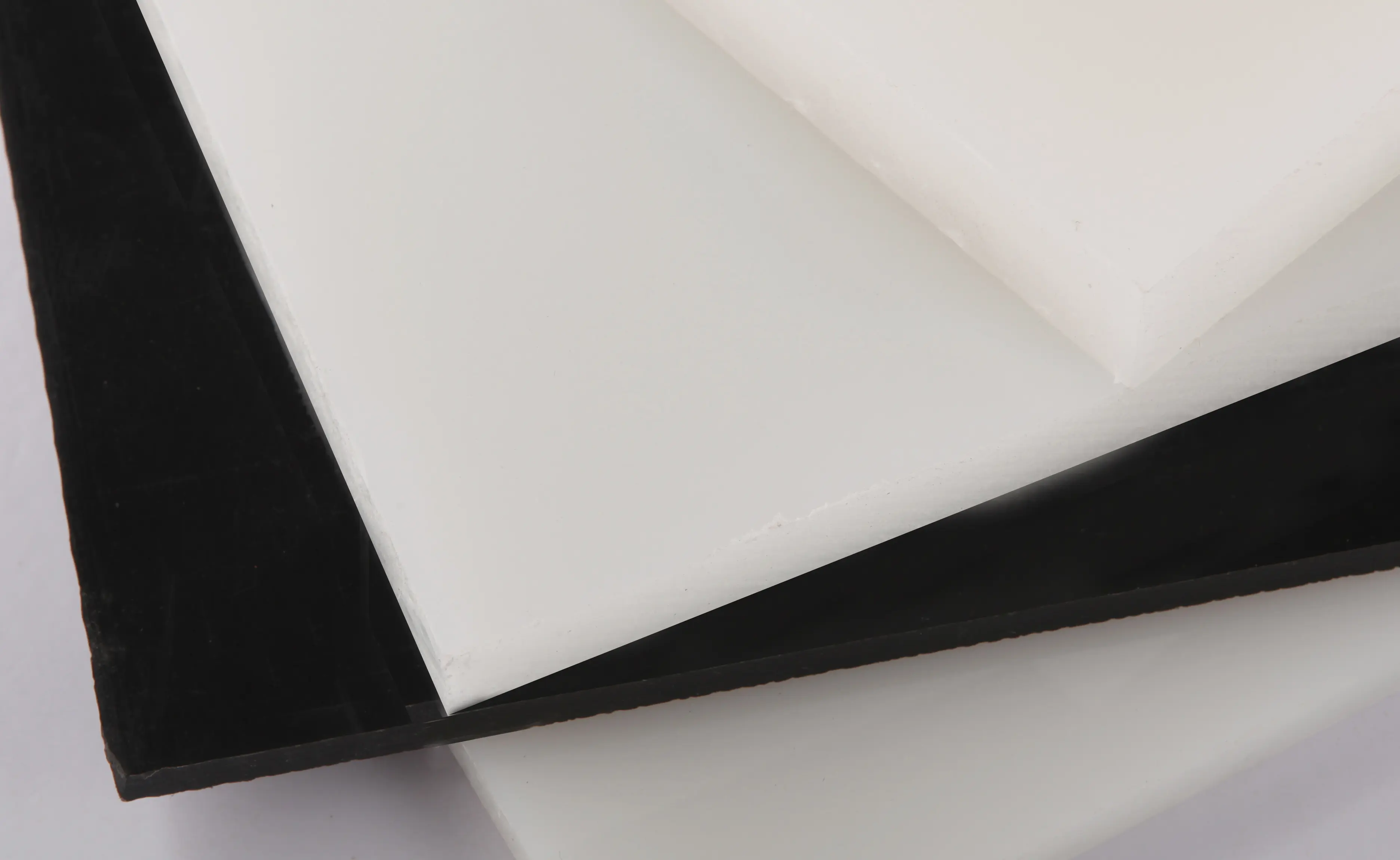ஆக . 29, 2024 20:07 Back to list
High-Quality Pipe Fittings for Every Application | Your Trusted Supplier
Understanding Pipe Fittings An Essential Component in Plumbing and Construction
Pipe fittings are crucial components within the plumbing and construction industries, serving as the connectors that join various sections of piping. These fittings play a vital role in any system that involves fluid movement, whether it’s water supply, gas distribution, or sewage systems. Understanding pipe fittings—types, materials, applications, and installation—is essential for professionals and DIY enthusiasts alike.
Types of Pipe Fittings
There are several types of pipe fittings, each designed for specific functions
1. Elbows These are used to change the direction of a pipe, commonly found in both 90-degree and 45-degree angles. 2. Tees Shaped like the letter “T,” these fittings connect three pipes, allowing for the flow from one pipe to split into two.
3. Couplings Used to connect two pipes of the same diameter, couplings are essential for extending pipelines. 4. Reducers These fittings connect pipes of different diameters, facilitating the transition between large and small pipe systems.
5. Caps Caps are used to seal the end of a pipe, preventing leaks and protecting against contamination.
6. Flanges These are used to connect two pipes or fittings in a way that allows for easy disassembly, making maintenance and cleaning simpler.
Materials Used in Pipe Fittings
The material of pipe fittings significantly influences their durability, flexibility, and application. Common materials include
- PVC (Polyvinyl Chloride) Lightweight and resistant to corrosion, PVC is frequently used in residential plumbing and irrigation systems. - COPPER Known for its durability and natural antimicrobial properties, copper fittings are widely used in water supply lines.
pipe fitting

- Stainless Steel Renowned for its strength and resistance to rust and scaling, stainless steel fittings are commonly used in high-pressure and high-temperature applications.
- BRASS An alloy of copper and zinc, brass fittings are durable and offer good resistance to corrosion, making them popular for both water and gas applications.
Applications of Pipe Fittings
Pipe fittings are versatile and find applications across various industries
- Residential plumbing Essential for connecting fixtures like sinks, toilets, and showers to the main water supply.
- Industrial applications Used in manufacturing facilities to transport chemicals, gases, and other materials safely.
- Automotive industry Pipe fittings are essential for fuel lines, lubrication systems, and cooling systems.
- Irrigation systems Help in directing water flow in agricultural settings, ensuring crops receive adequate water supply.
Installation and Maintenance
Proper installation of pipe fittings is critical to ensure leak-proof connections. Following manufacturer instructions, using appropriate tools, and applying sealants or tapes as needed can prevent common issues. Regular inspections and maintenance of pipe fittings can help identify wear and avoid costly repairs or replacements.
In conclusion, pipe fittings are indispensable in fluid transport systems, offering a wide range of shapes and materials to suit various needs. Whether in residential settings or industrial applications, understanding their function, types, and proper installation procedures is essential for maintaining efficient and reliable plumbing systems.
-
Transparent PVC Pipe: Clear Flexible Tubing for Fluids
NewsAug.09,2025
-
Durable PP Rigid Sheet: Versatile & High-Quality Plastic Panels
NewsAug.08,2025
-
Premium Glossy PP Rigid Sheet – Durable & Versatile
NewsAug.07,2025
-
High-Quality HDPE Sheet | Durable Plastic Panels
NewsAug.06,2025
-
High-Precision PVC Rigid Sheets for Vacuum Forming | AI-Optimized
NewsAug.05,2025
-
Durable PVC-M Water Supply Pipes | 60-Year Life
NewsAug.04,2025

